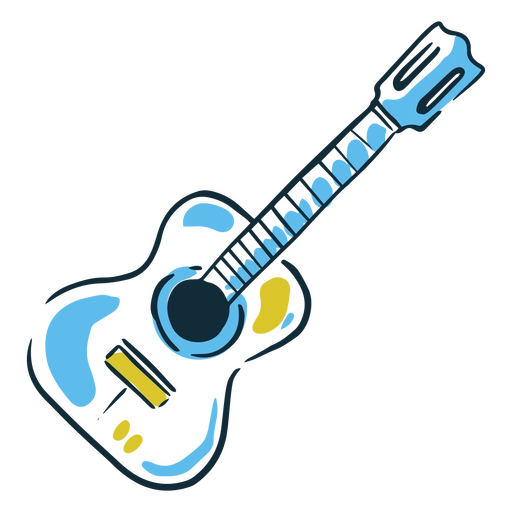Easy Guitar Song
Basic Guitar Chords for Beginners
Learning guitar is one of the most rewarding things you can do but as a beginner, it can also be one of the most challenging.
It’s not always easy to navigate among all the chords when you start the guitar. But do not panic, we have prepared a summary sheet of 11 chords that you must learn first! In addition, we are giving a PDF Book of Chords for free.
With these 11 basic guitar chords, you’ll be able to gain a better understanding of how to play guitar at the most basic level.
1) A Major

A major is an easy chord to start with, since the entire chord is located on the second fret, so you can free up your other fingers to mix it up. All you do is put your first finger on the fourth string, second finger on the third string, and third finger on the second string – all on the second fret.
2) C Major

C major is one of the most widely used guitar chords for a reason. The chord is a delicate combination of your basic C, E, and G notes. Your second and third fingers will align along a slanted pattern to achieve the chord. Don’t worry if it’s tough at first – your fingers will loosen up over time.
3) D Major

D major has a unique triangular shape. Use your first two fingers to play E and G on the second fret, then hold down a B note on the third fret with your third finger. The resulting sound is optimistic and heartwarming, and it may sound familiar from many famous lighthearted tunes. D major is a very common guitar chord (one of the most common guitar chords of all), so it’s essential that you can play it.
4) E Major

The E major chord is unique in that it requires every string to play. Put your first finger on the first fret of the third string, then put your second finger on the second fret of the fifth string. The third finger goes on the second fret of the fourth string. It shares the same finger shape as Am which can confuse some people, as one is a major chord and one is a minor chord. Don’t worry about that right now!
5) G Major

Again G major is one of the most used guitar chords, it may be a little more challenging than some other chords, and it can be hard to quickly reach other chords after playing it. To play it, your first finger goes to the first fret of the third string, your second finger goes to the second fret of the fifth string (skipping the fourth in the process), and finally, place your third finger on the second fret of the fourth string and strum them all carefully.
6) A minor

As we mentioned earlier Emajor And A minor Chords are a bit similar, If you can play E major, A minor should be easy. Simply move your finger up one string, just move the B note from the second fret to the first. Minor chords have a morose feeling to them, which makes them great for breakup songs.
7) D Minor

The D minor chord is almost exactly like its D major counterpart. However, you’ll need to move the high E from the second fret to the first fret. The fifth and sixth strings will need to be muted for the chord to sound correct. D minor sounds like you’re gearing up to deliver something impactful. It’s commonly used by musicians of all types, but it sounds especially at home in a good country or folk song.
8) E Minor

Again E Minor is one of the most common chords and one of the most Easiest chords to play, All you need to do is play an E major, except you remove the G string component.
In Case You Don’t Know How To Read The Chord Diagrams, Let’s Learn it quickly.
- A chord diagram shows the neck of the guitar seen from the front as if you held your guitar in front of you. The bass string (the low E string) will be on the left.
- The frets are symbolized by squares.
- The black circles tell you where to place your fingers. They are numbered to specify the position of each finger. From 1 for the index to 4 for the little finger.
- A cross over a rope indicates that it should not be played
- A round indicates that you have to play the “open string”, it means without pressing any square.
As you can see, these beginner guitar chords are a stage in which all guitarists get started. To simplify your work, we offer you a downloadable PDF file that you can take everywhere with you!

